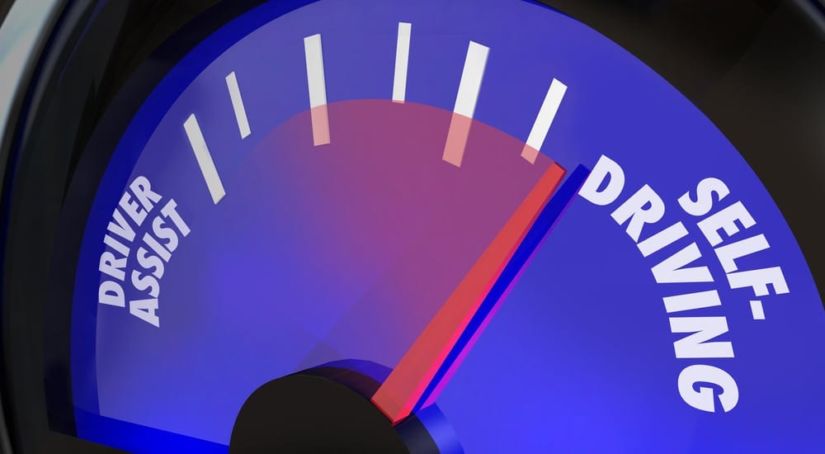Whether your visibility of the issue comes as a result of casual news viewing or an active engagement with current auto news, you might have heard some recent concerns over ADAS vehicle safety features. To be clear, such news-worthy concerns don’t have anything to do the wealth of safety features themselves, but with the casual ignorance enjoyed by most drivers.
Advanced Driver Assistance Systems are becoming increasingly prevalent across all automakers, segments and for drivers with a wide range of budgets to play with. No longer reserved for high-end car owners, it’s important that everyone makes it a point to understand ADAS systems, and how they work. While not ‘universally reflective’ of features (stand or optional) in all vehicles, here’s a great presentation of such systems, and the safety they offer, as created and presented by Mercedes.
Swallowing the Bitter Pill
The simple truth is this, American drivers have never been more distracted or lackadaisical about road safety. While the former indictment can be blamed on poor driving habits and our ever-growing immersion into hand-held technology, the latter can be attributed to a frightening amount of uninformed reliance about assistive technologies. Sure, some drivers might be uber-excited about autonomous driving technologies and the aggressive timeline automakers have laid out to remove the burden of driving from their lives…but that time is not here yet.
Think we’re overreacting? Think again. In fact, here’s a perfect example of how helpful technology fosters laziness. If you’re over the age of 40, how many phone numbers do you actually remember? You’ll inevitably find that number has decreased exponentially as time has progressed, due to the engineering of mobile phone technology. If you ask the question of others, it also decreases exponentially the younger the respondent is. The same applies to ADAS. Take, for example, the increasing inability of drivers to parallel park. “Why do we need to? Our cars do it for us!” Case closed. Assistive features are there to assist you. In other words, you still need to lend your full attention to the act of driving. End Sermon.
Let’s Talk Statistics
According to a recent report from the AAA Foundation for Traffic Safety (resulting from a joint-study with the University of Iowa) the ever-growing amount of advanced driver assistance systems (ADAS) may be creating more confusion for an alarmingly large number of drivers. How alarming? Around 80% based on the study of American drivers, in possession of 2016-17 model year vehicles.
Examples of such confusion include blind-spot monitoring, and the conditions under which such technology can reliably detect vehicles passing at high-speeds, bicycles or even pedestrians. In fact, only 1 in 5 truly understood the (numerous) limitations of such technology. Another example comes in nearly half of driver’s inability to discern the differences between forward-collision warning and automatic emergency braking. These are just a few examples of a widespread issue that will only grow unless we proactively pursue a better understanding.
Bottom-line, the implication that 4 out of 5 drivers rely irrationally on non-existent safety features is alarming indeed. And yet, it’s no real surprise as approximately half of American car-buyers are reported to have declined any ADAS training offered to them at the time of purchase. And of those who accepted such training, a substantial minority are reported to ask follow-up questions, implying that their understanding may have been superficial or feigned to some degree.
Maybe you’re the exception (congratulations if you are). But with every new vehicle, there will inevitably be a new array of features to acclimate to. Considering that automakers are investing immense resources in the creation of such technology in order to yield safer driving conditions, a lack of understanding on the part of drivers can be chalked up to laziness, irresponsibility, and ignorance. It’s about time that we hold a mirror up and take a long hard look at ourselves, in this regard. Okay, fine…maybe the sermon wasn’t over quite yet.


